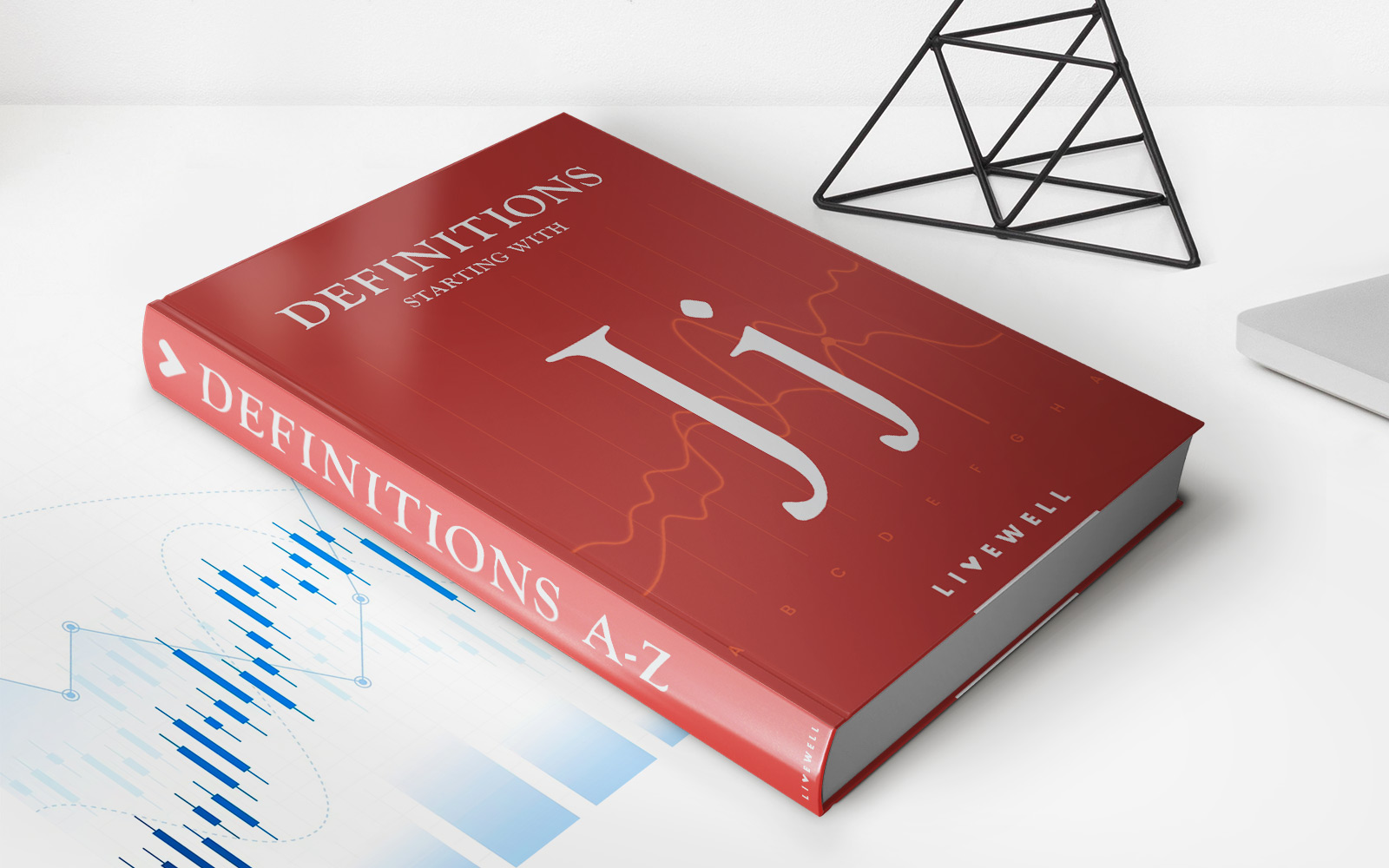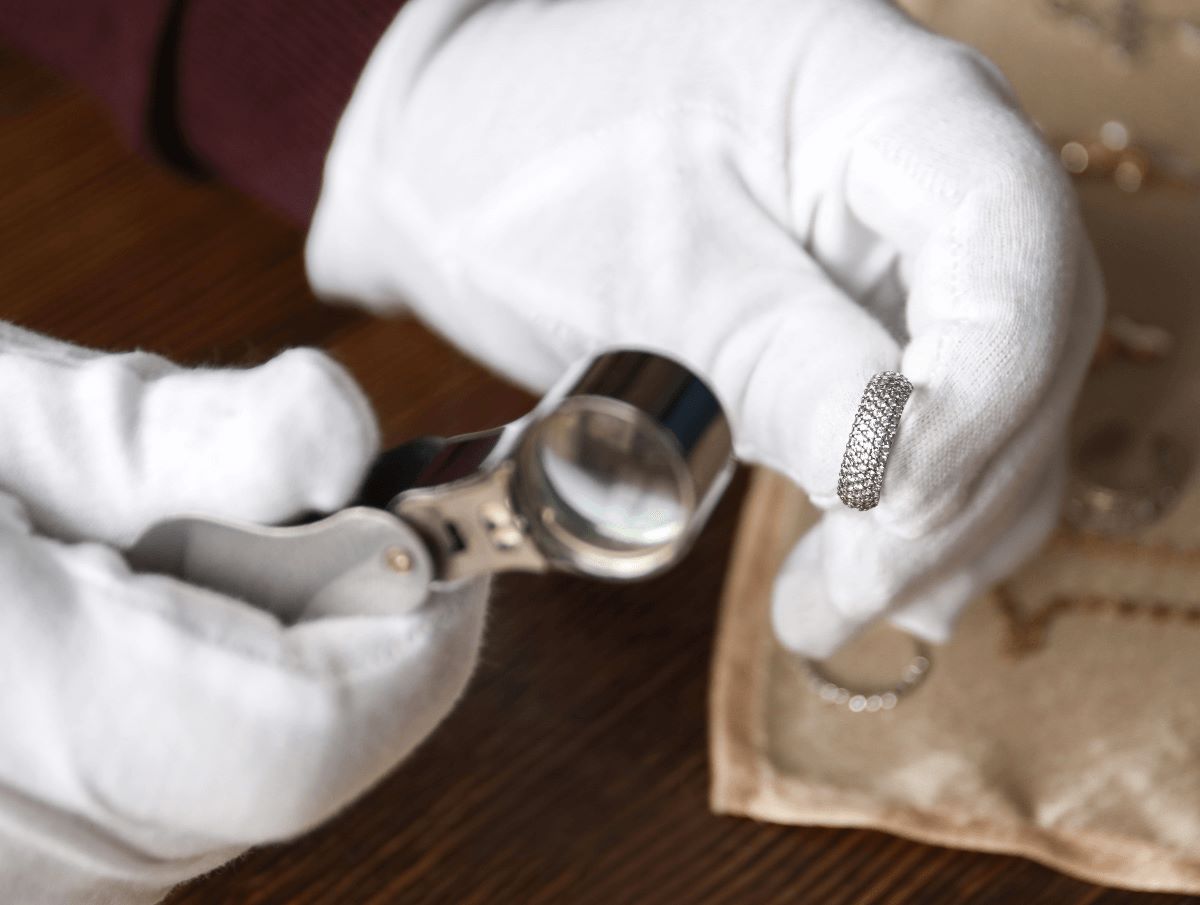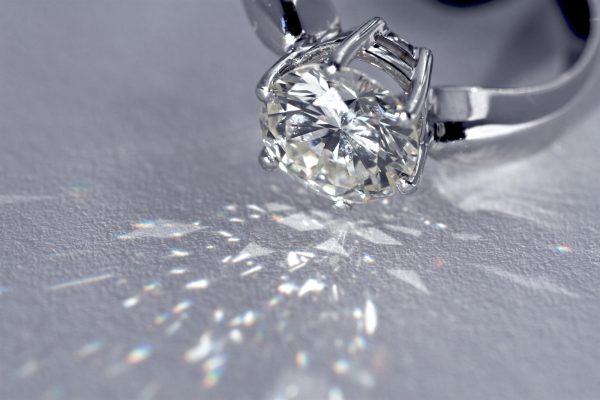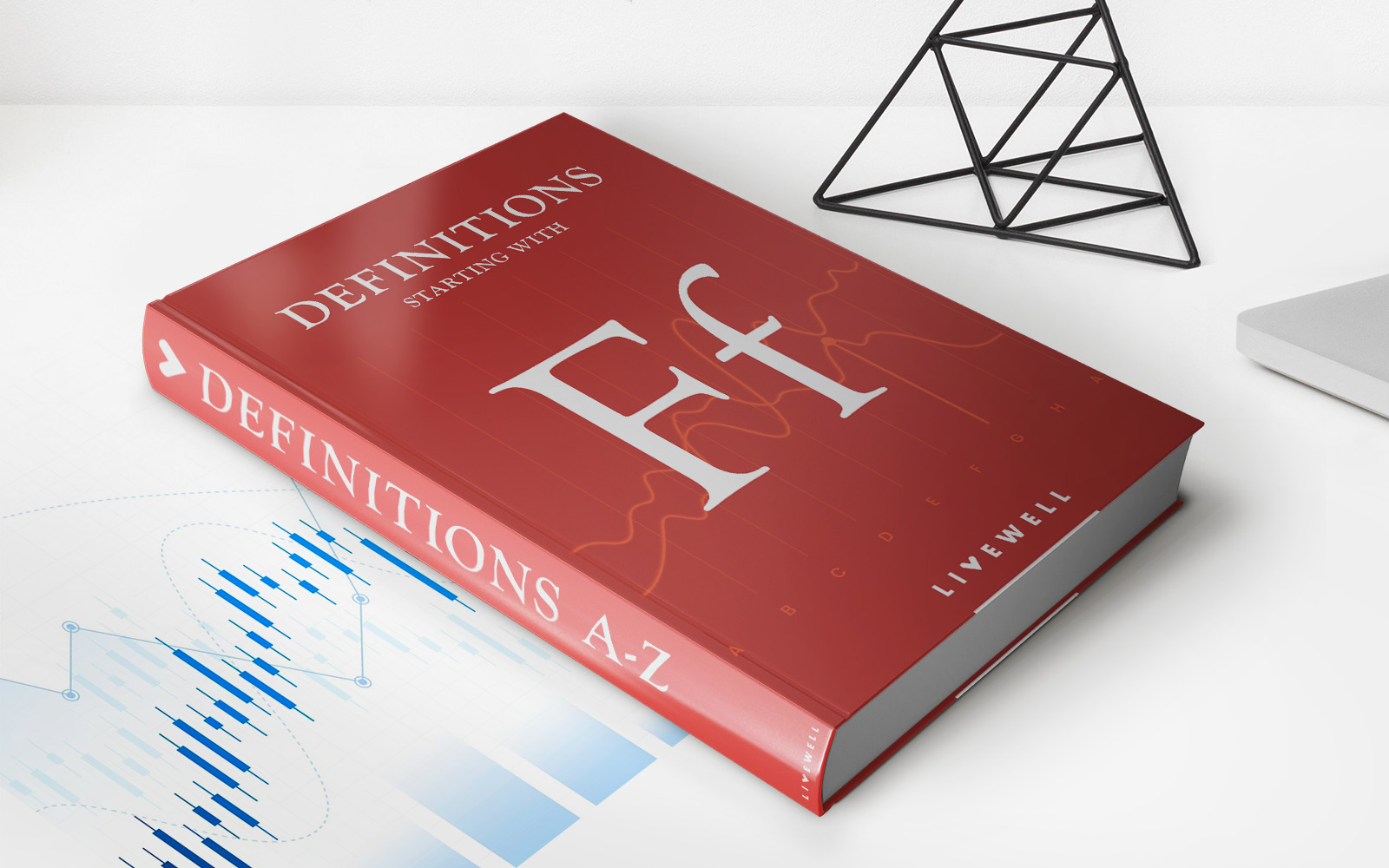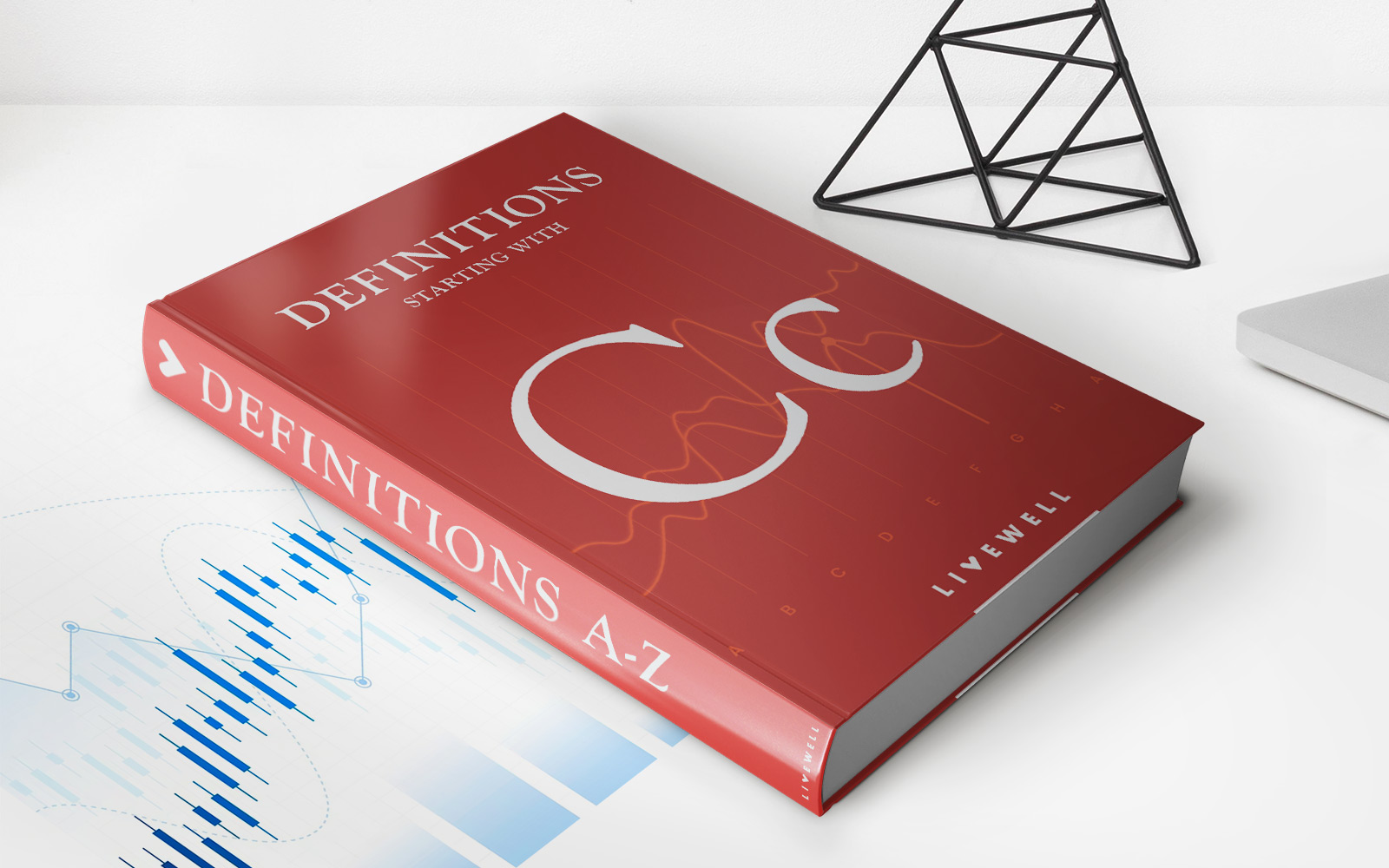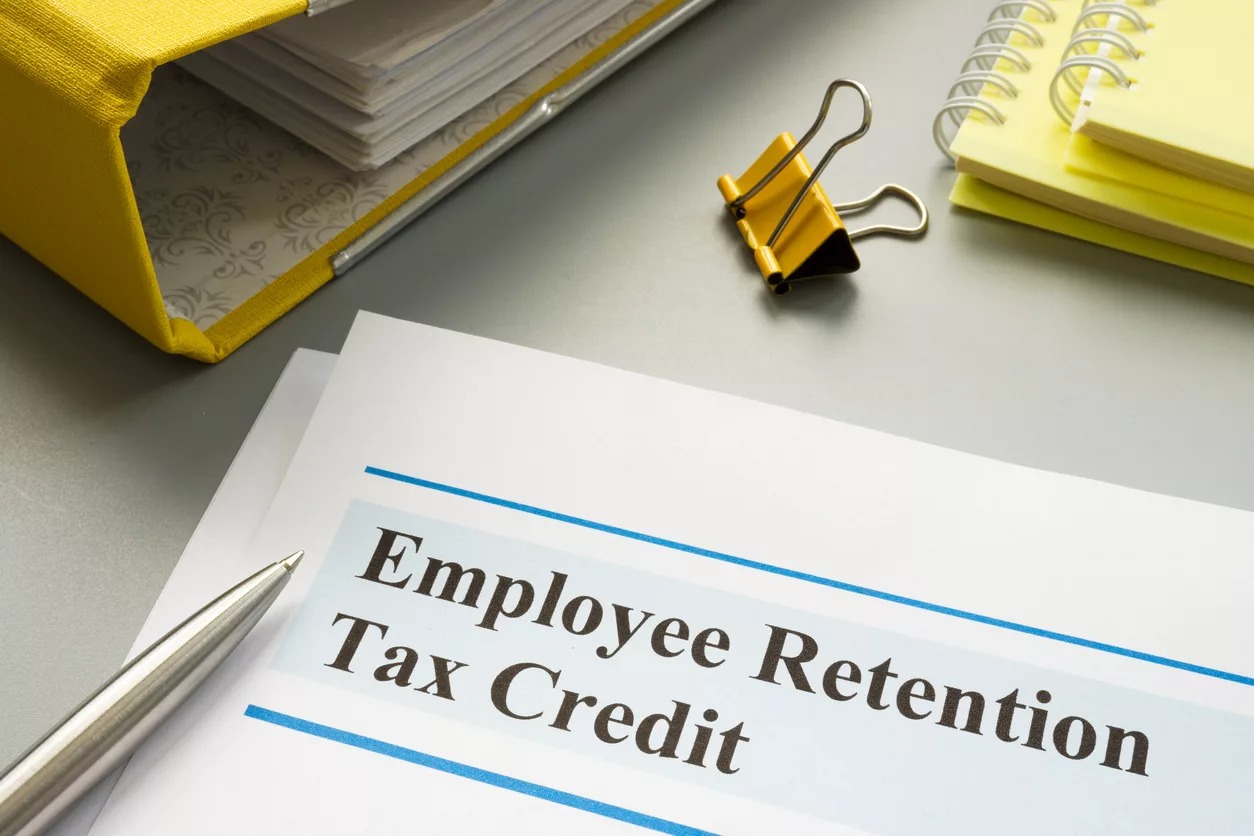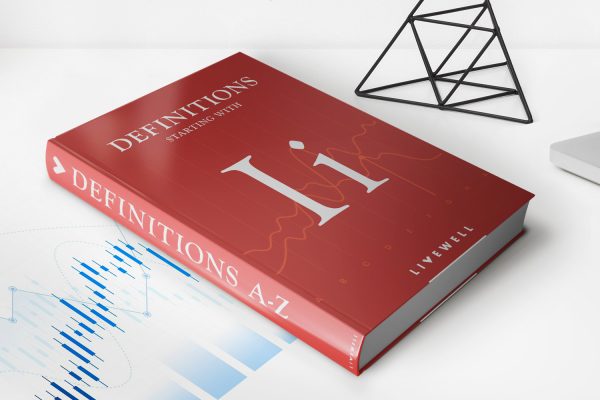

Finance
Why Jewelry Is A Bad Investment
Published: October 17, 2023
Discover why investing in jewelry may not be a wise financial decision. Explore the risks and potential pitfalls associated with this alternative investment option.
(Many of the links in this article redirect to a specific reviewed product. Your purchase of these products through affiliate links helps to generate commission for LiveWell, at no extra cost. Learn more)
Table of Contents
Introduction
When it comes to investments, people often consider various options such as stocks, real estate, or even precious metals like gold and silver. However, one investment avenue that is often overlooked is jewelry. While jewelry may seem like a glamorous and potentially lucrative investment, it is crucial to understand the realities and challenges associated with investing in this particular asset class.
Jewelry has long been considered a symbol of wealth and status, and it holds a special place in our hearts due to its sentimental value. However, from a purely financial standpoint, jewelry may not be the best investment choice. In this article, we will explore the reasons why jewelry is often considered a bad investment and the potential drawbacks it presents.
It is essential to note that this article does not aim to discourage individuals from purchasing or owning jewelry for personal enjoyment or sentimental reasons. Rather, it aims to provide insight into why jewelry may not be the most ideal investment option for those seeking financial gains.
Before delving into the reasons why jewelry may not be a wise investment, it is important to understand that investing is a personal decision influenced by various factors such as risk tolerance, investment goals, and personal preferences. What may be considered a bad investment for one person may not necessarily be the case for another. With that said, let us explore the reasons why jewelry investment may not be as profitable as one might think.
The Lack of Appreciation
One of the primary arguments against investing in jewelry is the lack of appreciation in value over time. While some high-end and rare pieces may appreciate in value, the majority of jewelry items do not experience significant price growth.
Jewelry is often marked up significantly at the point of sale due to factors such as branding, craftsmanship, and retail overheads. Once purchased, the resale value of jewelry can be significantly lower than the initial purchase price. This is mainly due to the fact that jewelry is a highly niche market, and finding a buyer who is willing to pay top dollar can be challenging.
Add to this the fact that design trends and tastes change over time. What may have been considered fashionable or desirable a few years ago may no longer be in vogue today. As a result, the value of such pieces may diminish over time, making it difficult to recoup the initial investment.
Moreover, unlike other investment assets such as gold or real estate, which can generally be easily valued based on market prices, valuing jewelry can be highly subjective. Factors such as gemstone quality, clarity, and design intricacies can greatly influence the price of a piece. This subjectivity can make it challenging to accurately gauge the market value of jewelry, further impacting its potential for appreciation.
Overall, the lack of consistent and substantial appreciation in value is a significant drawback when considering jewelry as an investment.
Depreciation and Resale Value
Another factor that makes jewelry a less desirable investment is the potential for depreciation and the challenge of achieving a favorable resale value. While some may argue that jewelry holds intrinsic value due to the materials used, it is important to note that the value of these materials alone does not guarantee a profitable resale.
Jewelry is subject to the same market forces as any other consumer good. Over time, wear and tear can affect the condition and appearance of jewelry, leading to a decrease in its value. Factors such as scratches, dents, or even changes in metal patina can diminish the overall appeal and resale value of a piece.
Additionally, the buyer’s market for pre-owned or second-hand jewelry is relatively limited. Potential buyers may be wary of purchasing used jewelry due to concerns over authenticity, quality, or sentimental value associated with new pieces. This limited demand can translate into lower resale prices and longer waiting periods to find a buyer willing to pay a fair price.
Furthermore, the market for specific types of jewelry can be highly volatile, subject to shifts in fashion and trends. What may be popular today may fall out of favor tomorrow, adversely affecting the resale value of those pieces. Conversely, timeless designs may retain some value, but the appreciation is likely to be minimal compared to other investment assets.
It is crucial to consider the associated costs of acquiring and reselling jewelry as well. High-end jewelry often comes with significant markups, and transaction costs associated with buying and selling jewelry can further eat into potential returns. These costs, combined with the challenges of finding buyers willing to pay a fair price, can make it difficult to achieve a significant profit from jewelry investment.
All in all, the potential for depreciation and the challenges associated with achieving a favorable resale value are significant factors to consider when evaluating jewelry as an investment.
Maintenance and Insurance Costs
Investing in jewelry also comes with ongoing maintenance and insurance costs, which can further diminish the overall profitability of the investment.
High-quality jewelry often requires regular upkeep to maintain its appearance and condition. This includes professional cleaning, polishing, and potential repairs. These maintenance costs can add up over time, especially if you own a substantial collection of valuable pieces.
Furthermore, jewelry is prone to damage and loss. Accidents happen, and valuable jewelry can be lost, stolen, or damaged beyond repair. To protect against such unforeseen circumstances, it is essential to have the jewelry properly insured.
Jewelry insurance, however, can be quite expensive. Insurance premiums are typically based on the value of the jewelry, and insuring high-end pieces can result in hefty annual costs. Moreover, insurance policies often come with deductibles and specific conditions that need to be met for claims to be valid, adding further complexities and potential expenses.
It is important to consider these maintenance and insurance costs when evaluating the true profitability of jewelry investment. The ongoing expenses can significantly eat into potential returns and may outweigh any potential appreciation in value.
Additionally, the responsibility of maintaining and securing valuable jewelry can become a burden in and of itself. Regularly scheduling cleanings, having the items appraised, and taking necessary security precautions can be time-consuming and require additional effort.
Overall, the costs associated with maintaining and insuring jewelry can be a drain on potential returns and should be carefully considered when deciding whether to invest in this asset class.
The Volatility of the Jewelry Market
The jewelry market is subject to volatility, which can pose challenges for investors. Unlike traditional investment assets like stocks or bonds, the value of jewelry can be highly unpredictable and may fluctuate significantly based on market trends, economic conditions, and consumer preferences.
Design trends play a crucial role in the valuation of jewelry. What may be considered fashionable and in-demand today may lose popularity in a short period, leading to a decrease in value. The ever-changing nature of fashion makes it difficult to anticipate shifts in consumer preferences, making it challenging to time purchases and sales for maximum profitability.
In addition, the global economic landscape can greatly impact the jewelry market. During times of economic uncertainty or recession, consumer spending on luxury items tends to decrease. This can lead to a decline in demand for high-end jewelry, resulting in lower prices and potentially impacting the value of existing pieces.
Furthermore, the market for rare and unique pieces can also be subject to speculative buying and selling. Speculators and investors may drive up prices artificially, creating a bubble that can eventually burst, leading to significant price corrections. This type of volatility can make it difficult to navigate the market successfully and make informed investment decisions.
Investors in jewelry need to be aware of these market dynamics and be prepared for the potential risk and uncertainty associated with this asset class. It is crucial to thoroughly research and understand the market trends and factors driving the value of jewelry before making any investment decisions.
It is important to note that while the jewelry market may experience volatility, there are exceptions when it comes to rare and highly sought-after pieces. Collectible jewelry, such as historically significant pieces or those associated with renowned designers, may hold their value better than average mass-produced pieces. However, investing in these select collectibles requires specialized knowledge and expertise.
Overall, the volatility of the jewelry market and its susceptibility to shifts in fashion and economic conditions make it a risky investment option for those seeking stable and predictable returns.
Fraud and Counterfeit Concerns
Investing in jewelry comes with inherent risks, particularly when it comes to fraud and counterfeit concerns. The jewelry market is known to be susceptible to both counterfeit items and deceptive practices by unscrupulous sellers.
Counterfeit jewelry poses a significant threat to investors. With advancements in technology, counterfeiters have become more sophisticated in producing fake jewelry that closely resembles genuine pieces. These counterfeit items can be challenging to spot, even for seasoned professionals, making it easier for fraudsters to deceive buyers into purchasing fake or low-quality pieces at inflated prices.
Investors must be vigilant and exercise due diligence when purchasing jewelry, especially if it is a high-end or rare piece. It is crucial to work with reputable jewelers or dealers who have established credibility in the industry. Seeking independent appraisals or certifications from trusted gemological laboratories can also help authenticate the quality and authenticity of the jewelry.
Furthermore, deceptive practices such as misrepresentation of gemstone quality or origin, as well as inflated pricing, are prevalent in the jewelry market. Unethical sellers may use misleading tactics to entice investors into purchasing overpriced or misrepresented pieces. This can result in investors paying more than the jewelry is actually worth, leading to substantial financial losses.
To protect against fraud and counterfeit concerns, it is crucial to educate oneself about the specifications and characteristics of the desired jewelry, including gemstone quality, metal purity, and design details. Understanding these aspects will allow investors to make informed decisions and identify red flags when evaluating potential purchases.
Additionally, it is advisable to consult with independent experts or seek professional guidance from certified gemologists or jewelry appraisers. Their expertise can help assess the authenticity and value of the jewelry, reducing the risk of falling victim to fraud or counterfeit schemes.
Investing in jewelry requires careful consideration and due diligence to ensure that the purchased items are genuine and offer the expected value. The presence of fraud and counterfeit concerns in the market highlights the importance of conducting thorough research and taking precautions to protect one’s investment.
Overall, the prevalence of fraud and counterfeit jewelry in the market emphasizes the need for investors to be wary and diligent in their purchasing decisions.
Limited Liquidity
Another significant drawback of investing in jewelry is the limited liquidity it offers compared to other investment assets. Liquidity refers to the ease at which an asset can be converted into cash without significant loss in value.
Jewelry is considered a relatively illiquid asset due to several reasons. Firstly, the specialized nature of the jewelry market means that finding a buyer willing to pay the desired price can be challenging. The demand for specific types of jewelry can fluctuate, resulting in longer waiting periods to find a suitable buyer.
Secondly, selling jewelry often involves additional costs and potential losses. Jewelers and dealers may charge high commissions or fees for their services when assisting in the sale of jewelry. The difference between the buying and selling price, known as the spread, can also impact the liquidity of the investment. This spread can be significant in the case of jewelry, further reducing potential returns for investors.
Moreover, the emotional attachment that individuals often have to their jewelry can make it difficult to part with it at a fair market price. Sellers may be reluctant to sell their jewelry for less than what they perceive it to be worth, resulting in limited flexibility and potentially prolonged holding periods.
Compared to more liquid assets like stocks, bonds, or even precious metals like gold, jewelry investment often lacks the ease and speed of converting the asset into cash when needed. This limited liquidity can be a significant challenge for investors who may require quick access to their funds or want the ability to take advantage of other investment opportunities.
Investors considering jewelry as an investment should carefully evaluate their liquidity needs and ensure they have a well-diversified portfolio with more liquid assets to provide flexibility and access to cash when necessary.
It is essential to keep in mind that illiquidity does not necessarily mean that jewelry cannot be sold, but rather that it may take more time, effort, and potentially result in financial losses compared to more liquid investments.
Overall, the limited liquidity of jewelry investment is an important factor to consider, as it may impact an investor’s ability to access funds when needed or take advantage of other investment opportunities.
Emotional Attachment and Bias
When it comes to investing, it is essential to make rational and objective decisions based on thorough analysis and research. However, one significant challenge with investing in jewelry is the emotional attachment and bias that can cloud an investor’s judgment.
Jewelry often holds sentimental value and personal significance to its owners. It can be a symbol of love, cherished memories, or family heirlooms passed down through generations. This emotional attachment can sometimes override the objective evaluation of the jewelry’s investment potential.
Investors may become emotionally attached to their jewelry, making it challenging to evaluate its true value and consider selling it when it may be the most financially beneficial decision. The sentimental value that is associated with the piece can lead to biased decision-making and holding onto an investment that may not align with the investor’s financial goals.
In some cases, investors may overestimate the value of their jewelry due to emotional attachment and subjective opinions about its worth. This can lead to unrealistic expectations and disappointment when attempting to sell the jewelry in the market.
There may also be a bias towards maintaining and retaining the jewelry rather than diversifying investments or exploring other potentially more lucrative opportunities. The emotional connection to the piece can prevent investors from objectively considering the risks and drawbacks associated with jewelry as an investment asset.
To overcome the challenge of emotional attachment and bias, it is crucial for investors to approach jewelry investment with a clear and rational mindset. This may involve seeking advice from financial professionals or independent experts who can provide an objective assessment of the investment potential.
Being aware of one’s emotional biases and actively seeking alternative perspectives can help investors make more informed decisions about their jewelry investments. Additionally, setting clear investment goals and regularly reassessing the portfolio can help prevent emotional biases from overshadowing sound investment strategies.
While it is understandable to have a sentimental attachment to jewelry, it is important to strike a balance between emotional value and potential financial gains. Investment decisions should be based on a thorough analysis of the market, current trends, and the investor’s broader financial objectives.
Overall, the emotional attachment and bias associated with jewelry can present a significant challenge when it comes to making objective and rational investment decisions. Investors must be mindful of these biases and take steps to ensure that their emotions do not impede their financial goals.
Alternatives to Jewelry Investment
If you are considering diversifying your investment portfolio and jewelry doesn’t seem like the right fit, there are several alternative investment options worth exploring.
1. Stocks and Bonds: Investing in stocks and bonds allows you to participate in the growth of businesses and government entities. Stocks offer the potential for capital appreciation and dividends, while bonds provide fixed income and relative stability.
2. Real Estate: Real estate investment can provide both income and potential appreciation. Whether investing in rental properties, commercial buildings, or real estate investment trusts (REITs), real estate can offer long-term financial growth.
3. Precious Metals: If you’re inclined towards tangible assets, precious metals like gold, silver, and platinum could be alternatives to jewelry investment. These metals have historical value and can act as a hedge against inflation and market volatility.
4. Mutual Funds and ETFs: Mutual funds and exchange-traded funds (ETFs) offer diversification by investing in a wide range of assets, such as stocks, bonds, and commodities. They are managed by professionals, making it easier for investors to gain exposure to various sectors and markets.
5. Cryptocurrencies: For those interested in emerging technologies, cryptocurrencies like Bitcoin and Ethereum offer a potentially high-risk, high-reward investment opportunity. However, it’s important to thoroughly research and understand the intricacies of this volatile market.
6. Art and Collectibles: Similar to jewelry, art and collectibles can hold both aesthetic and investment value. Investing in artwork, rare coins, stamps, or vintage cars can be appealing for those with a passion for collecting and a keen eye for market trends.
7. Peer-to-Peer Lending: Peer-to-peer lending platforms provide an opportunity to lend money directly to individuals or businesses, earning interest as the borrower repays the loan. This alternative investment can offer higher returns compared to traditional bank savings accounts.
8. Venture Capital and Angel Investing: If you have a high-risk appetite and are interested in supporting entrepreneurial ventures, venture capital and angel investing allow you to invest in early-stage startups in exchange for an equity stake.
9. Retirement Accounts: Contributing to retirement accounts like 401(k)s or Individual Retirement Accounts (IRAs) can offer tax advantages and the opportunity for long-term growth. It’s important to seek professional advice to maximize the benefits and choose the right investments within these accounts.
Remember, each investment option comes with its own risks and rewards, and it’s crucial to align your investment choices with your financial goals, risk tolerance, and time horizon.
Ultimately, diversifying your investment portfolio across different asset classes can help mitigate risk and optimize potential returns. It’s advisable to consult with a financial advisor or investment professional who can provide personalized guidance tailored to your specific circumstances.
Conclusion
While jewelry may be visually appealing and hold sentimental value, it may not be the best investment option for those seeking financial gains. The lack of appreciation, potential depreciation, and limited liquidity make jewelry a less attractive investment compared to other asset classes.
The volatility of the jewelry market, combined with the risk of fraud and counterfeit concerns, further adds to the challenges faced by investors. Emotional attachment to jewelry and the biases that come with it can cloud judgment and hinder objective decision-making.
However, there are alternative investment options available that offer greater potential for returns and diversification. Stocks, bonds, real estate, precious metals, and other asset classes provide opportunities for capital growth, income generation, and stability.
It is crucial for investors to evaluate their financial goals, risk tolerance, and time horizon when deciding on investment strategies. Seeking professional advice, conducting thorough research, and diversifying across different assets can help mitigate risks and optimize potential returns.
While jewelry may not necessarily be the best investment, it can still be enjoyed for its aesthetic appeal and sentimental value. Owning and wearing jewelry should primarily be a personal choice rather than solely a financial investment decision.
In conclusion, before considering jewelry as an investment, it is important to understand the potential drawbacks, weigh the risks, and explore alternative investment opportunities to make informed decisions aligned with your financial objectives.





